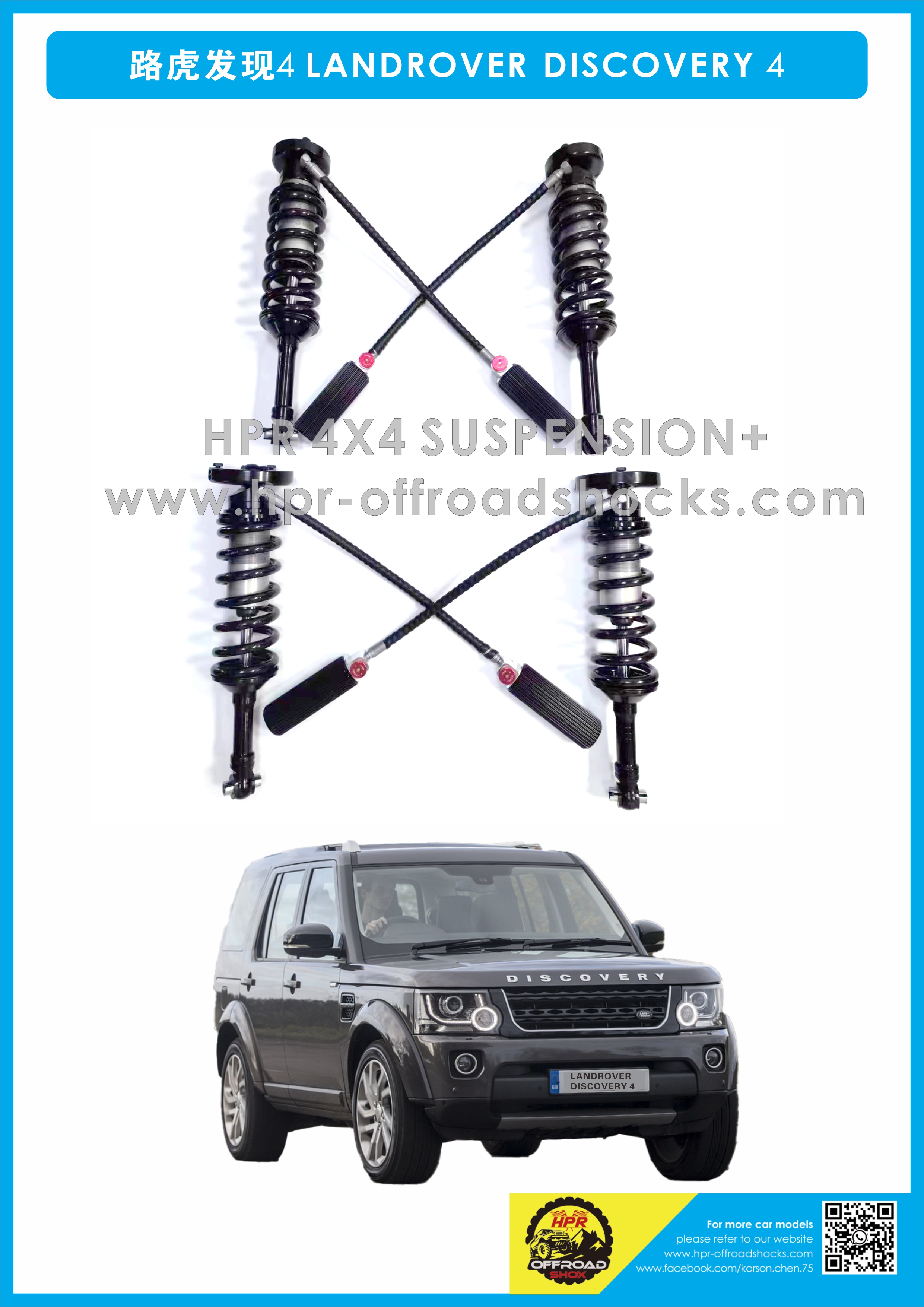Air suspension systems provide a smooth ride by using air bags instead of traditional springs. If you are having problems with your air suspension, consider the following factors to decide whether to repair or replace your air suspension:
Signs of air suspension failure:
1. Sag: The vehicle may be lower on one side or overall.
2. WARNING LIGHT: Dashboard indicator light indicates a pause issue.
3. Operating Noise: Hissing due to air leakage or compressor issues.
4. Rough Ride: Similar to your previous question, a rough ride may indicate a problem with the suspension.
Repair and replacement:
repair:
- Cost Effectiveness: Repairing specific components (such as airbags or compressors) is cheaper than replacing them entirely.
- QUICK FIX**: If the problem is minor, the fix can usually be completed quickly.
- Component Life: If the rest of the system is in good condition, repairs may extend its life.
replace:
- Comprehensive Solution: If multiple components fail, a complete replacement may be more effective.
- Long-Term Reliability: New systems often come with a warranty and improved technology.
- Age of System: If the air suspension is old and has had many repairs, replacement may be more cost-effective in the long run.
-Replace coilover kits, please refer to
Factors to consider:
- Cost: Get estimates for repairs and replacements to compare.
- Use: Consider how you use the vehicle. If you rely heavily on it, the new system may offer better reliability.
- Future Maintenance**: New systems may require less frequent maintenance than older, worn-out systems.
in conclusion:
If you are experiencing air suspension problems, evaluate the specific problem, get professional advice, and weigh the costs and benefits of repair versus replacement. This will help you make an informed decision that best suits your needs.
Post time: Nov-06-2024

